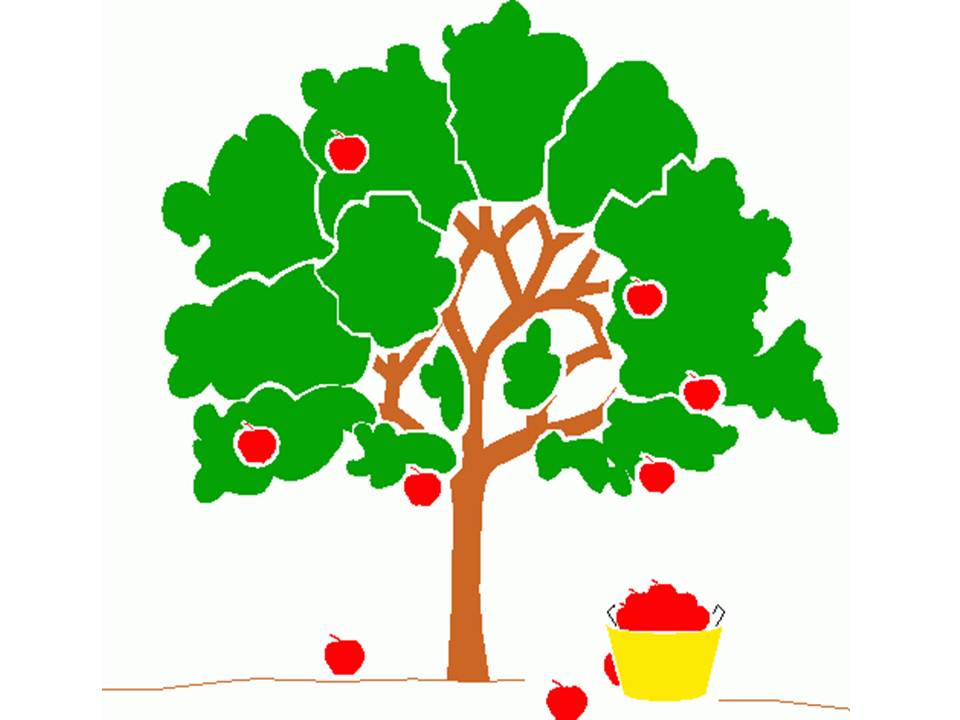Plants and animals of our place
3rd Grade Geography (chapter 4, lesson 4, 5)
Categories of plants (Greek educational system)
|
|
Materials for the lessonTeacher’s bellPhotos of different kinds of trees and plants such as pines, spruces, olives, walnuts, mulberries, laurel cactuses, chamomiles, rosebushes, gillyflowers, onions, oregano, ivy, potatoes, mosses, tomatoes, thymes, carrots, lemons, oranges, oak, sycamore etc.box
|
Layout of the classroomTeachers must use the theatre class, action on stage or on empty space. |
|
Phase 1At the first phase, the teacher enters the classroom with a big mystery box which he has packed a colourful photo of trees and plants (pine, spruce, olive, walnut, mulberry, laurel cactus, chamomile, rosebush, gillyflower, onion, oregano, ivy, potato, tomato, thyme, carrot, moss, lemon, orange, oak, sycamore), and a paper sheet which includes specific information for the above plants. Then he presents the theatrical scenario. According this the students will be divided into 2 groups. The 1st group is the agriculturists and the 2nd is the farmers. Each of these groups will have to present their own duty.The 1ST group (the agriculturists) will sit behind the desks and study the paper sheets with the information that refers to land: where the above plants should be planted? which part of these plants (fruit, leaves, roots) the people can eat? which of these plants are perennial and which are annual? which of them are hardwood and wich are evergreen?The 2nd group- the farmers- should move towards mystery box and to take a plant (photo of plant) in order to plant them in the right area.The teacher has already fixed a pyramid of a cardboard which is stuck on the wall and it has been divided in 3 levels. The first level represents the desert, the second level the Mediterranean area and the third level the polar area. Teacher says the details about this freestyle performance and explains that the farmers should take one by one the plants from the mystery box and then they should plant them (stick the photos) to the right area. On the other hand, the agriculturists watch carefull, and they are the persons who encourage and consult the farmers in the whole process. |
|
Phase 2Teacher’s bell rings and the first group starts the action. The students choose one by one a photo while an agriculturist reads the information and the specific characteristics from each plant and then gives recommendations to farmers to continue their job. This is repeated until the photos are over.Teacher’s bell rings again and action freezes.Teacher encourages students to play like a real professional and correct the possible mistakes if it is necessary. |
|
Phase 3In the 3rd phase the teacher introduces the new condition. At this time, the teacher asks farmers to take the plants off of the pyramid and to classify them according to their leaves (hardwood or evergreen plant). They should stick the plants on a different cartoon. Teacher’s bell rings again and the group starts the job.At the end of this phase one agriculturist check the two lists and read loudly the results. |
|
Phase 4In the 4th phase the teacher introduces the new condition and asks from all students to take their notebooks and to caregorize the plants according the duration of their lifespan (perennial or annual plants). Teacher’s bell rings again and the 2 group starts the job.At the end of this phase teacher asks students to read loudly the results |
|
Phase 5In the 5th phase the teacher introduces the new condition and asks from all students to write on their notebooks which of the part (roots, leaves, fruits, nuts) of plants people can eat. Students should classify the above plants into 3 different categories. The 1st category is “we eat the roots” the 2nd category “we eat the leaves”, the 3rd category “we eat their fruits or nuts”.Teacher’s bell rings again and the second group starts the job.At the end of this phase teacher asks students to read loudly the results. |
|
Phase 6In the 6th phase the teacher asks from all students to make a circle and discus about this particular experience, how they feel as farmers and agriculturists. Also, teachers can talk about the plants which prosper in our country. |


 SmartOWL
SmartOWL